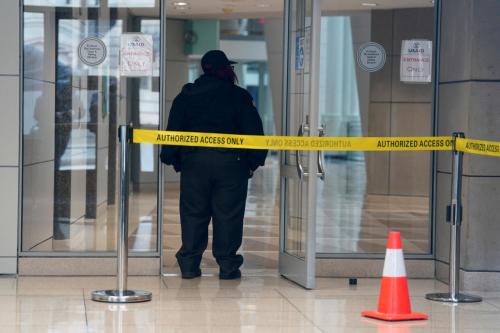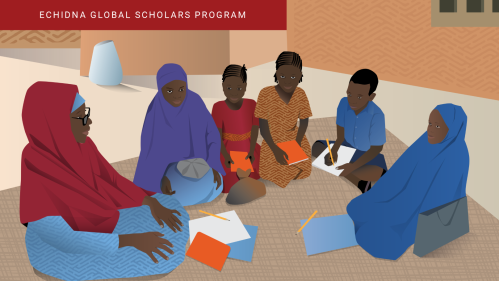Hurricane Sandy ravaged the East Coast of the U.S. this week, causing widespread damage and school closures. The effects of the storm are a powerful reminder of the type of disaster experienced by many communities around the globe and the need for effective relief. It also brings into focus the role education can play in preparing for and preventing natural disaster.
Reopening schools, when safe, should be one of the primary priorities of disaster relief efforts. Children in crisis benefit from the sense of normalcy provided by going to school. Unfortunately, in many cases, educational facilities are destroyed, and recovery is slow and is also hindered by weak systems and infrastructure as well as insufficient funding for rapid disbursement. In the aftermath of Hurricane Katrina, the first elementary school in New Orleans reopened three months after the storm. Following the deadly 2010 earthquake in Haiti where more than 4,000 schools were destroyed, schools slowly began to open in the capital after three months. Similarly, as a result of the 2010 floods in Pakistan an estimated 11,000 schools were destroyed and thousands more were used as sites for emergency shelters, further delaying school openings.
Disaster preparedness goes a long way in reducing the impact of natural crisis on education: Following the massive 8.9 magnitude earthquake in Japan, where schools were physically destroyed and the lives of teachers and children lost, classes commenced a mere week after the disaster in disaster-proof and multi-hazard resilient buildings.
Recognizing the need for better preparedness and funding, the international community gathered in September to emphasize the importance of quality education in times of crisis and conflict. The Global Partnership for Education, the United Nations Children’s Fund and Save the Children put forward a proposition for better aid for education in emergencies. The Call to Action, endorsed by leaders from governments, international organizations and civil society at the U.N. General Assembly, calls for education to be integrated into Humanitarian Action Plans. This includes at least 4 percent of humanitarian budget allocations to go toward education, up from the current meager 2 percent, and for education systems everywhere to incorporate emergency prevention, preparedness, response and recovery.
Education can play a critical role in preparing for natural disaster. In Japan, the tactical use of education to prepare children and their families for natural disasters and mitigate the impacts once devastation has struck is an example for which the rest of the world strives. Additionally, education can play an important role in promoting disaster risk reduction and teaching basic scientific concepts related to climate change and sustainable practices. A policy brief by Center for Universal Education scholar Allison Anderson outlines how safe and adaptive schools and a quality education that teaches relevant content and critical thinking skills can prepare students to mitigate natural disasters. For example, in the Philippines the ministry of education and civil society organizations has used trainings in early warning systems to teach children about the climate and how to prepare for and mitigate disaster. These skills were put to use in 2006 during torrential rains when children and their communities were able to evacuate before landslides destroyed their homes.
The average number of natural disasters is expected to increase by 320 percent over the course of the next 20 years. In light of our rapidly changing climate it is paramount that schools are a source of normalcy and safety for children affected by crisis as well as avenues for teaching the next generation the knowledge and skills they need to prevent and respond to disaster.
The Brookings Institution is committed to quality, independence, and impact.
We are supported by a diverse array of funders. In line with our values and policies, each Brookings publication represents the sole views of its author(s).



Commentary
Prioritizing Education in the Face of Natural Disasters
October 31, 2012